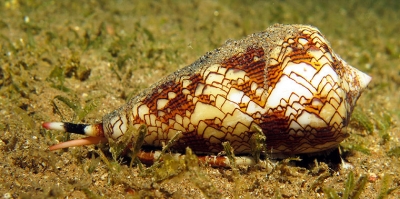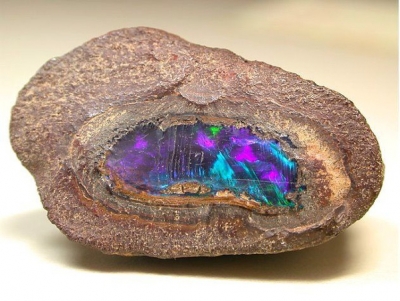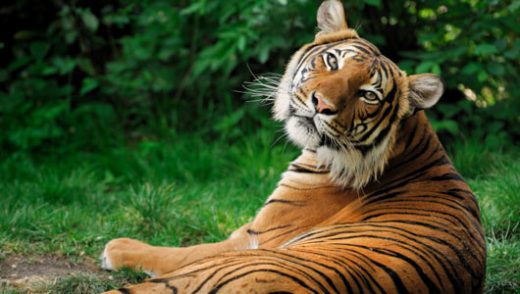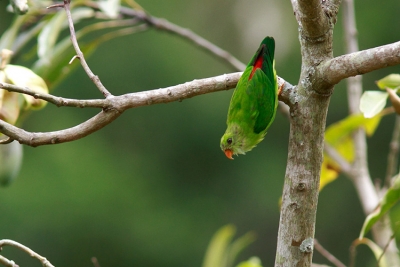What are some interesting facts about elephants?

Elephants kill gratuitously.
Yes, the herbivorous elephant.
It’s been observed that some young bull elephants have got into the habit of raping and killing rhinos, buffalo and sometimes even other elephants, for what is clearly just for the hell of it. If you want pictures/videos though, I’ll let you Google them for yourselves.
The reason? Poachers.
It’s not unknown that elephants are prime targets for poachers, as their ivory commands a high price. Because older males have bigger tusks, though, they’ve been the preferred target for this callous bunch ever since the pound signs rocked up in front of them, and as a result, their numbers out of all elephants have taken the biggest hit.
Researchers have observed that the knock-on effect of this is that the younger males lack a role model, a sort of father figure, to instil in them self-control and good behaviour. Without those boundaries set, some go wild and do some crazy and despicable things.
This isn’t mere speculation either.
Young male elephants at national parks in parts of Africa exhibiting aggressive behaviour, particularly killing rhinos in ritualised combat, were shown to be less aggressive when bigger, older males were reintroduced.
So what’s the cause?
It’s believed that musth (pronounced “moost”) is the reason. It’s the name given to periods where a male elephant’s testosterone spikes by 40–60×, or even up to 140× in some cases, causing them to become highly aggressive to the point that controlling them becomes impossible. The studies have found that once the older males were reintroduced, it stopped the younger males from entering musth in the first place.
Of course in the wild, it’s not so simple. Killing the older males has invariably upset the social structure of elephants, and it’s already becoming clear what the results are going to be should this continue.
Credit : Quora
Picture Credit : Google



